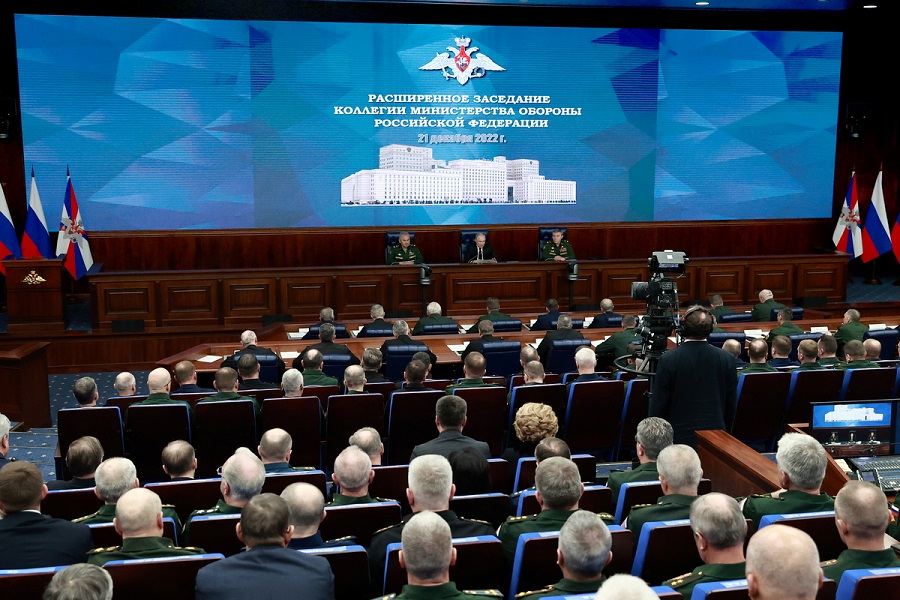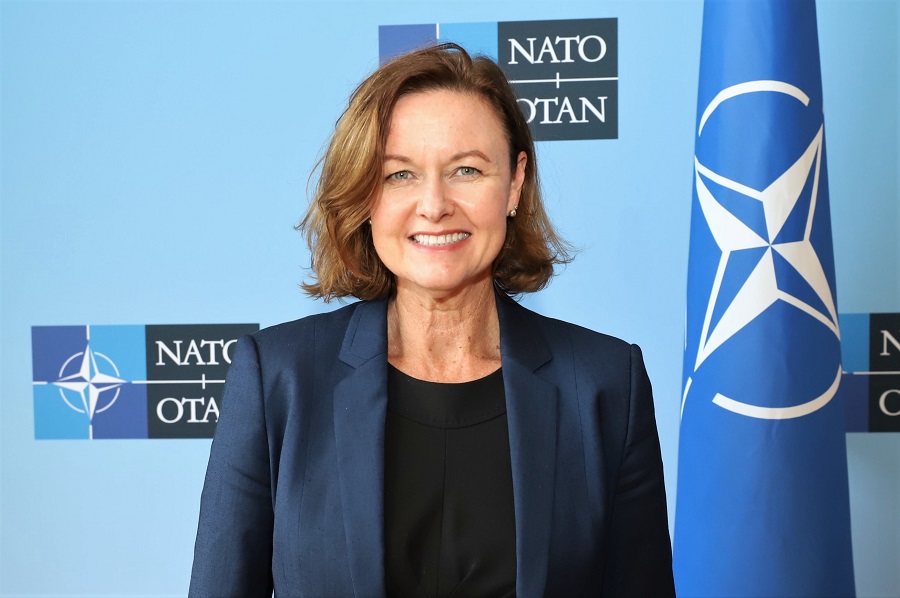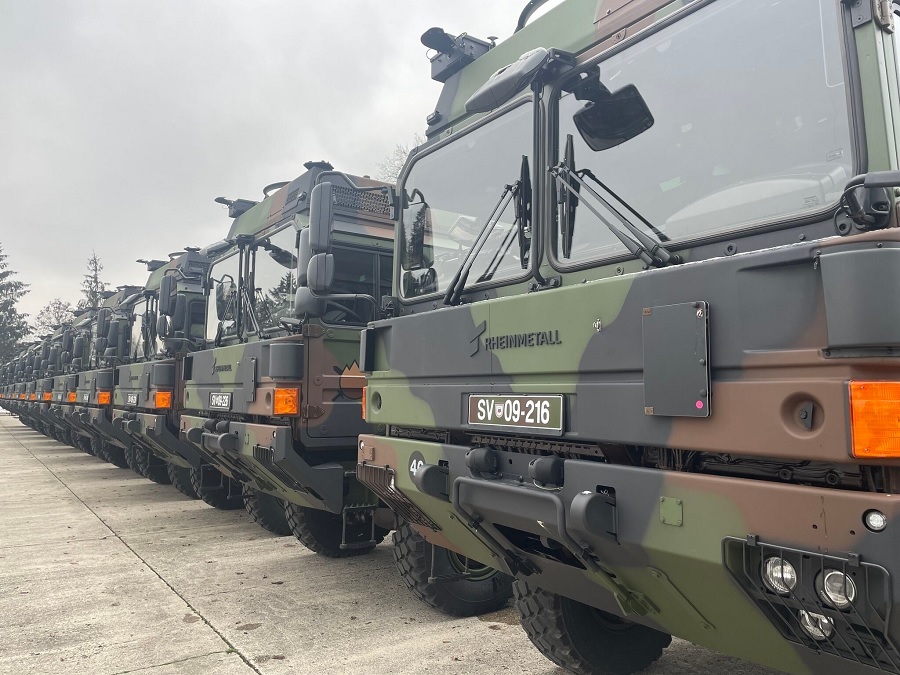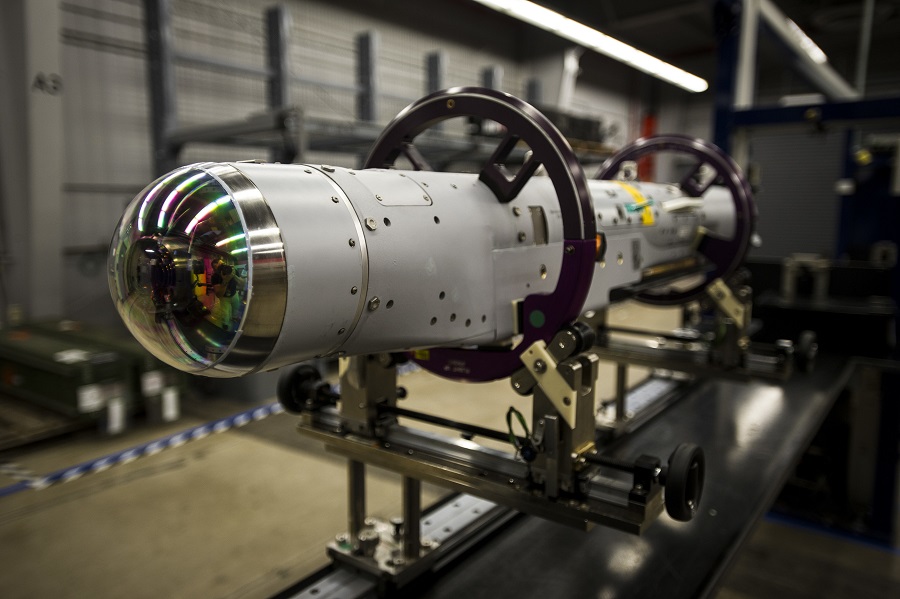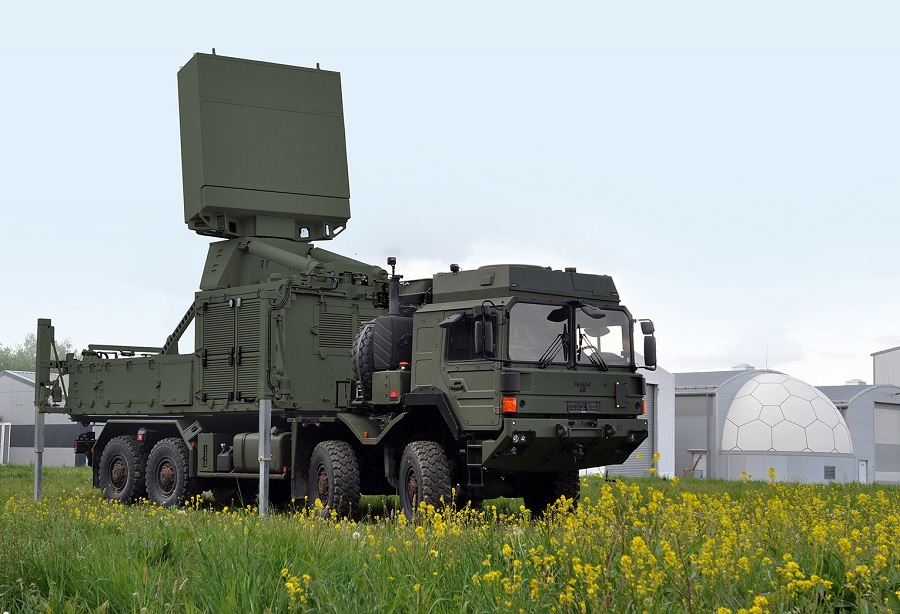The war has forced a reorientation of armaments and military equipment procurement. Production of the basic types of armaments used by the Russians in Ukraine was planned to be increased by 30 pe rcent in 2022, while artillery ammunition, missiles, and airborne means of destruction – by 69–109 per cent (depending on the types). Despite this, the plan for so-called state defence procurements was fulfilled by 91 per cent this year. The deliveries of the necessary categories of armaments and military equipment for operations, announced for 2024–5, have been accelerated and are to be completed in 2023. The Russian army is to maintain engagement in Syria and Nagorno-Karabakh. The ‘Zapad 2023’ exercise are also planned.

Minister Shoigu announced the plans to increase the Russian army to 1.15 million soldiers in 2023 (up from 1 million at the beginning of this year) and 1.5 million in the coming years. The target number of contract soldiers is to reach 695,000 (with 521,000 by the end of 2023, an increase of 141,000). Conventional capabilities are also to be increased. The Western Military District is to be reorganised into two districts, Moscow and Leningrad, with a new army corps in Karelia. Five artillery divisions will be formed, including three mechanised divisions, two stationed in occupied parts of the Kherson and Zaporizhzhia oblasts, and two air assault divisions. In addition – based on existing brigades – seven mechanised divisions and five naval infantry divisions are to be formed. Three new aviation division commands will be created in the Air and Space Force, eight bomber and one fighter aviation regiments, and six army aviation brigades. Combined arms army and tank army commands are to be assigned mixed aviation divisions and army aviation brigades (each to include 80–100 combat helicopters). New Russian Navy bases are to be established in Berdiansk and Mariupol. The age of conscripts is to be gradually raised – from 18–27 (currently) to 21–30.
Commentary
The plans put forward by Russia to expand its military capabilities should be seen as an expression of its determination to continue a war that Moscow sees as part of a clash with the West. The announcement to increase their army by half and the land potential by more than twice is intended to show that further military support for Ukraine will require the West to increase spending on armaments and military equipment significantly and at least partially switch to wartime economies. While Russia has the human and material potential and the production base to implement these intentions, the financial capacity, and timeframe for implementing them remain an open question. Implementing the plan will further impoverish the Russian state and society.



